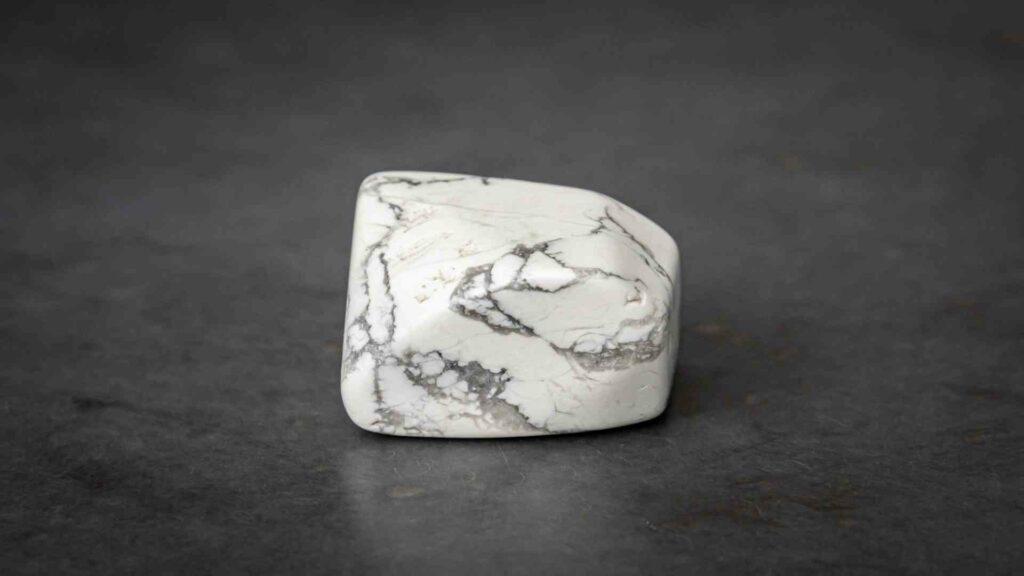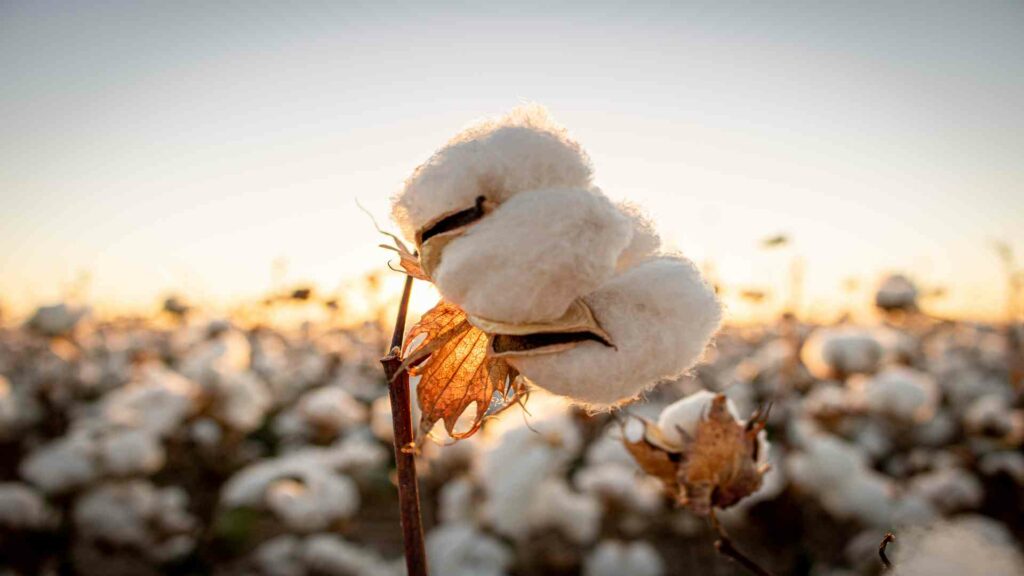Steve Jobs and Boron
Today, we’re going to look at the day Steve Jobs from Apple went to Corning in New York to understand more about toughened glass for his apple iPhones with boron inside.
Toughened glass products use boron for its remarkable qualities and malleability in development and strength as a finished product. So how did Steve jobs give the industry a boost to toughened glass production in the early days?
First let’s look at how boron combines with Silicon dark side to form a toughened glass. When boron combines with Silicon dioxide, the result is a remarkably durable glass compared to conventional soda lime glass, the kind of glass found in windows and low cost bottles.
The toughened glass industry owes a deal of gratitude, boron as boron is a critical ingredient in vital glassware for industry and laboratory uses. The combination of durability and low coefficient of thermal expansion means it can withstand shocks and rapid temperature changes much better than the conventional soda lime glass.
The word Pyrex comes to mind when thinking of toughened borosilicate glass. This dates back to 1915, when the Corning glass company researched toughened glass and a Dr. Jesse Littleton has said to have taken home a piece of experimental glass that his wife then used to do some home baking. The cake was cooked in the oven, in the glass vessel, which did not crack or break. A hundred years later, the world continues to use Pyrex in kitchens everywhere.
Glass expands and contracts quickly with temperature change. The material’s atoms vibrate more with heat and the glass increases the gap between atoms.
Further, a phenomenon called devitrification is critical to how glass melts, as well as to the viscosity. And this can be manipulated during manufacturing for different purposes. Devitrification is defined as the tendency of a material to form crystals with temperature change.
Corning has been at the forefront of exploiting the qualities of glass with boron to create several technical glasses for use in everything from laboratory glass to glass substrates for high-performance displays, and protective glass used in mobile phone devices. This combination of malleability and production and hardness in the final product makes boron a superstar in glass products.
Boron is one of the key ingredients in the early Corning gorilla glass products. But it all happened serendipitously. The research lab used to cut glass up by scoring lines across it, and then snapping the pieces for examination in the search for new compositions.
One researcher, Dr. Matthew. Dejneka, recounts the near impossibility of breaking the glass along the score lines. He says, “we reused boron for bubble removal in the mirror and accidentally discovered it made the glass hugely damage resistant”.
It was against this background that Apple came to call in 2007. According to the story, Steve Jobs visited Corning in New York as he was looking for something challenging to replace the plastic in his early iPhone devices. According to Steve Jobs’, biographer Walter Isaacson, jobs was keen to use glass, not plastic for his new iPhone products in early 2007.
But many glass samples cracked far too quickly. A colleague at apple suggested he checked with Corning. As they had a reputation for toughened glass products, dating from as far back as the 1960s.
Unlike most suppliers who visited Apple to sell their products, Steve Jobs flew into New York headquarters to meet with Corning’s CEO. He asked whether the company could make a toughened glass to meet production requirements for his new iPhone range within six months. The now famous gorilla glass was brought up in the discussion. But researchers in Corning, were still hard at work in the research labs.
Typically Jobs would not take no for an answer and he placed a substantial pre-order for a non-commercial glass product to be part of his summer, 2007 iPhone product launch.
Corning then produced several versions of the gorilla glass with boron inside, each new version being thinner and more robust using boron properties explained above to improve the product.
Heavy abuse cracked most of the glass samples but still the enhanced scratch resistance ability to carry on working despite surface cracks, greatly improved the usability and performance of mobile devices. And this is a feature still to this day. Today, there are over 2.7 billion smartphone users, 10 billion mobile devices in use all created by the smartphone industry. The durable glass can also be found in laptops, Tablets wearable technologies such as smartwatches, office walls and GPS systems.
But it’s not just Apple and smartphones that have used Corning gorilla glass and other toughened glasses to great effect. For years, the U.S. Military has been using glass heads up displays in fighter jets and helmets. And since the technology has become declassified, other industries, such as the automotive industry have taken up usage. A laminated inner layer of glass with phosphorescent molecules, glow red, green, or blue when illuminated by an ultraviolet projector inside an automobile.
These next generation HUDs will provide information on road conditions from the windshield, focusing the driver’s vision from two to 10 meters in front of the vehicle.
The automotive industry also uses lightweight, super tough material in high-performance sports cars. Gorilla glass lowers the vehicles overall weight, which allows higher speeds with the added benefit of helping new vehicles meet low emissions standards and better mileage.
Let’s wrap this up by looking how gorilla glass is actually made. The glass has the base elements of a mixture of powders including limestone, sand and sodium borate. Corning chemically strengthens gorilla glass by a compression technique before dipping it in a salt bath at 400 degrees Celsius. Small sodium ions are replaced in the glass by more major potassium ions from the salt.
The largest sodium ions take up more space in the glass and are pressed together as the glass cools, giving a layer of compressive stress on the glass. This compression makes the glass highly resistant to damage and breakage. The resulting gorilla glass is hard, thin, light and scratch resistant. On the Mohs scale of mineral hardness, gorilla glass rates, a nine out of 10. Regular glass score is seven and is much softer.
It’s a sign of the success of Corning’s, gorilla glass that competitive products have arisen. Competitors include. Japan’s Asahi Glass as well as Samsung who have developed what they called an unbreakable screen. Glass companies will continue to innovate and demand from innovators, such as Steve Jobs, who will be the spur for ever improved performance and efficiency across multiple sectors wherever glass is used.
And that’s all from Borates Today. For more information on boron and borates in glass products, please refer to the Borates Today website. Thanks for listening.





